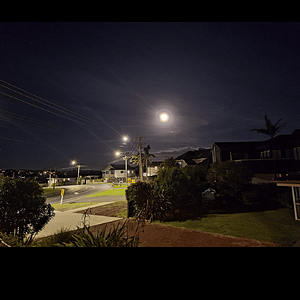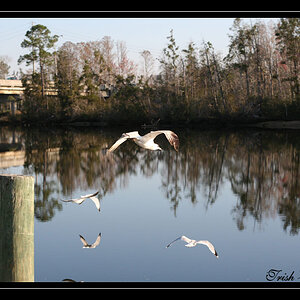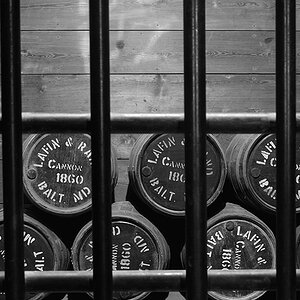Pirate Neilsouth
TPF Noob!
- Joined
- Jul 5, 2009
- Messages
- 304
- Reaction score
- 0
- Location
- England
- Website
- pirateneilsouth.deviantart.com
- Can others edit my Photos
- Photos OK to edit

Patrixbourne is a small settlement within the civil parish of Bekesbourne-with-Patrixbourne in the Canterbury District of Kent, England. It is located approximately one mile (1.6km) south of Bekesbourne, on the River Nailbourne, a tributary of the River Little Stour.
The parish church is dedicated to St Mary.
This study explores the medieval history of St Mary’s church, Patrixbourne , including the development of the fabric, its decoration, its patronage and its links with Normandy. The wealth of Romanesque decoration on its south door and at the east end, together with the siting of the tower mid-way along the narrow south aisle, make it an unusual monument and one that merits attention. It would have been particularly helpful if the nineteenth- century restorers and the builders of the north aisle had recorded what they found before they started their work. Sadly, this is not the case.
The first questions are why such an important monument was built in a small village in the first place, at whose instigation and who might have paid for it. Documentary evidence is limited in the extreme. It is known that the church was given to a priory near Rouen around 1200 and that it seems to have been complete at that time.The church was sold to Merton Priory in Surrey during the Hundred Years’ War, but surviving records provide only scant additional information. Concerning its earliest phases there is only silence. It seems that Patrixbourne was never a dependency of Christ Church, Canterbury or of St Augustine’s Abbey, despite its proximity. This then raises the issues of the exact date of the fabric, the sequence of building, and whether the decoration is contemporary with the building.
The surviving medieval work is concentrated into two phases; the first as carried out in the twelfth century, and the second in the fifteenth. Exact dates are, however, elusive: the only direct evidence is the fabric itself. The presence of Caen stone indicates post Conquest work and the decoration of the south door provides opportunities for comparison with other Romanesque sculpture and other media in England which have been explored by previous commentators such as Kahn. However, the very unusual position of the tower and the wheel window at the east end immediately presents difficulties in finding parallels.
Last edited:



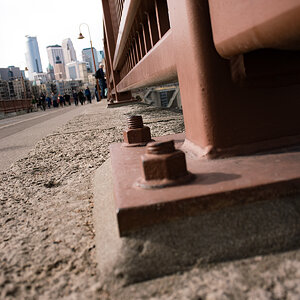
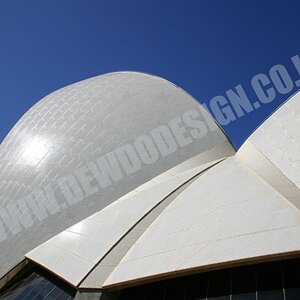
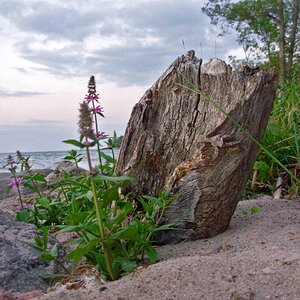



![[No title]](/data/xfmg/thumbnail/39/39429-cfa441056f1e6a1995539dc87c794876.jpg?1619739028)
